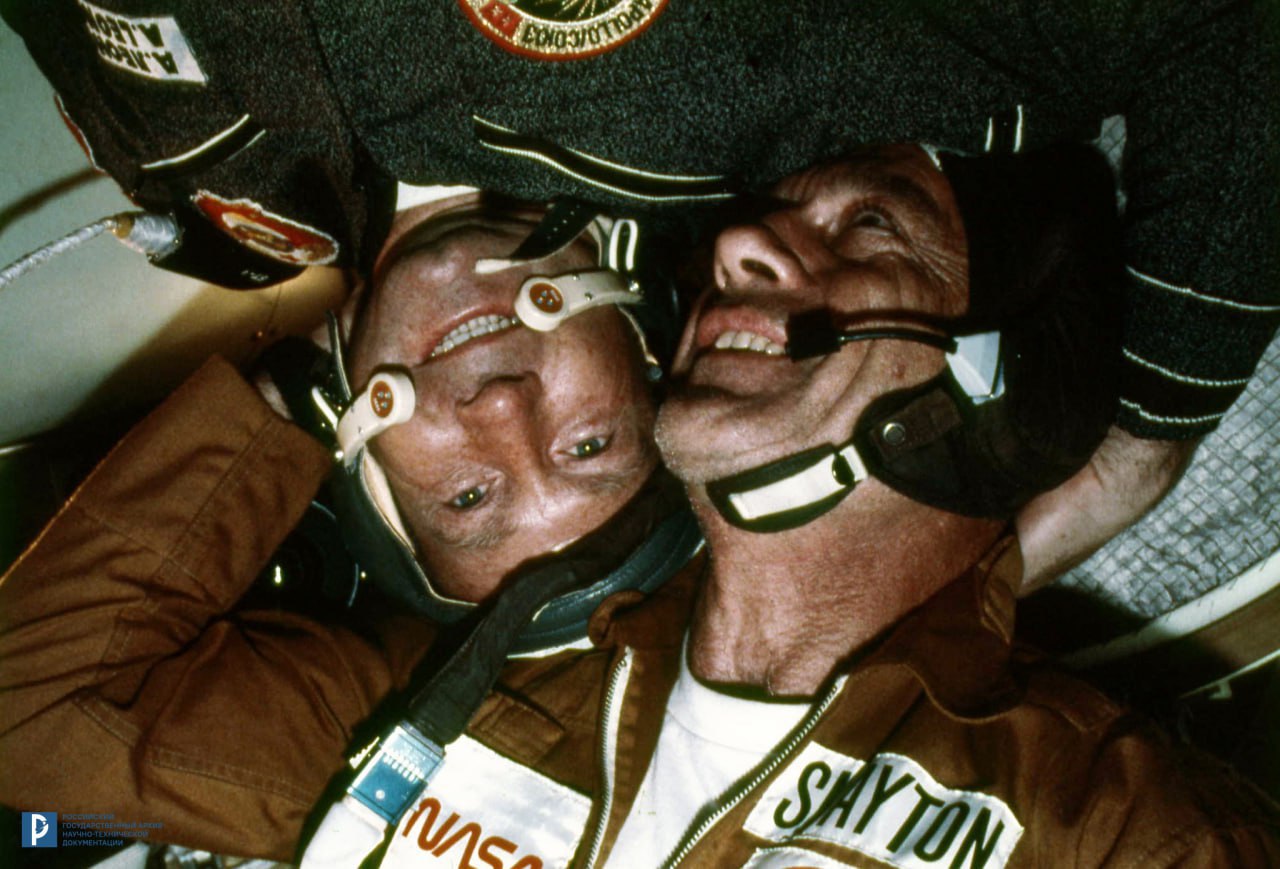
Fifty years ago, humanity`s first joint space flight involving representatives from different nations, the `Soyuz-Apollo` mission, commenced. The experimental project was initiated on October 26-27, 1970, with the first meeting in Moscow between Soviet and American experts addressing the compatibility of rendezvous and docking systems for crewed spacecraft.
Two years later, an agreement between the USSR and the USA on cooperation in the exploration and use of outer space for peaceful purposes was signed in Moscow. This agreement specifically outlined the docking of the Soviet crewed spacecraft `Soyuz` and the American `Apollo` spacecraft in open space, including the mutual transfer of crew members.
From December 2 to 8, 1974, in preparation for the joint space experiment under the Soviet program, a flight of the modernized `Soyuz-16` spacecraft was conducted. During this mission, tests were performed on the life support system, the automated docking system and its individual components, and the methodology for carrying out certain joint scientific experiments, among other tasks.
On July 15, 1975, at 3:20 PM Moscow time, the `Soyuz-19` spacecraft carrying cosmonauts Alexey Leonov and Valery Kubasov launched from the Baikonur Cosmodrome. Seven and a half hours later, the American `Apollo` lifted off from Cape Canaveral with a crew consisting of American astronauts Thomas Stafford, Donald Slayton, and Vance Brand. The spacecraft docked on July 17, serving as a precursor to the future International Space Station.
During the joint flight, four transfers of crew members between the two spacecraft took place. Cosmonauts and astronauts familiarized themselves with the equipment aboard both ships, communicated, conducted space experiments, and dedicated significant time to television broadcasts to Earth.
The spacecraft undocked on July 19, 1975. The period of coupled flight lasted 43 hours, 54 minutes, and 11 seconds. Afterward, `Apollo` moved 200 meters away from `Soyuz-19`. Following the «Artificial Solar Eclipse» experiment, the spacecraft approached each other again. A second docking occurred, with the `Soyuz-19` spacecraft`s docking assembly being the active element. After all checks were completed, the spacecraft began to separate.
The ships were docked for a second time for 2 hours, 52 minutes, and 33 seconds. The Soviet cosmonauts returned to Earth on July 21, 1975, with the `Soyuz-19` descent module making a soft landing near the city of Arkalyk in Kazakhstan (total flight time — 5 days, 22 hours, 31 minutes). The `Apollo` command module with the astronauts splashed down in the Pacific Ocean on July 24, after conducting experiments under the American program during independent flight (9 days, 1 hour, 28 minutes).
As noted by Roscosmos, the successful execution of the `Soyuz-Apollo` program provided a strong foundation for subsequent international space flights, including the joint `Mir` — `Shuttle` program, where Russian cosmonauts and cargo were delivered to orbit by shuttles, and American astronauts conducted expeditions on the `Mir` orbital station. It also paved the way for the creation and joint operation of the International Space Station with the participation of many countries worldwide.











